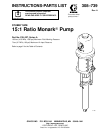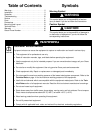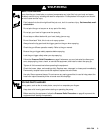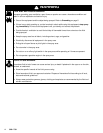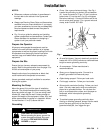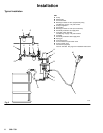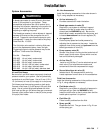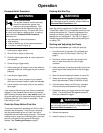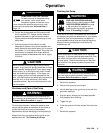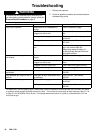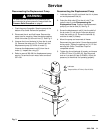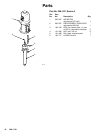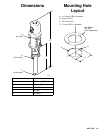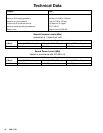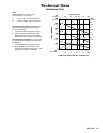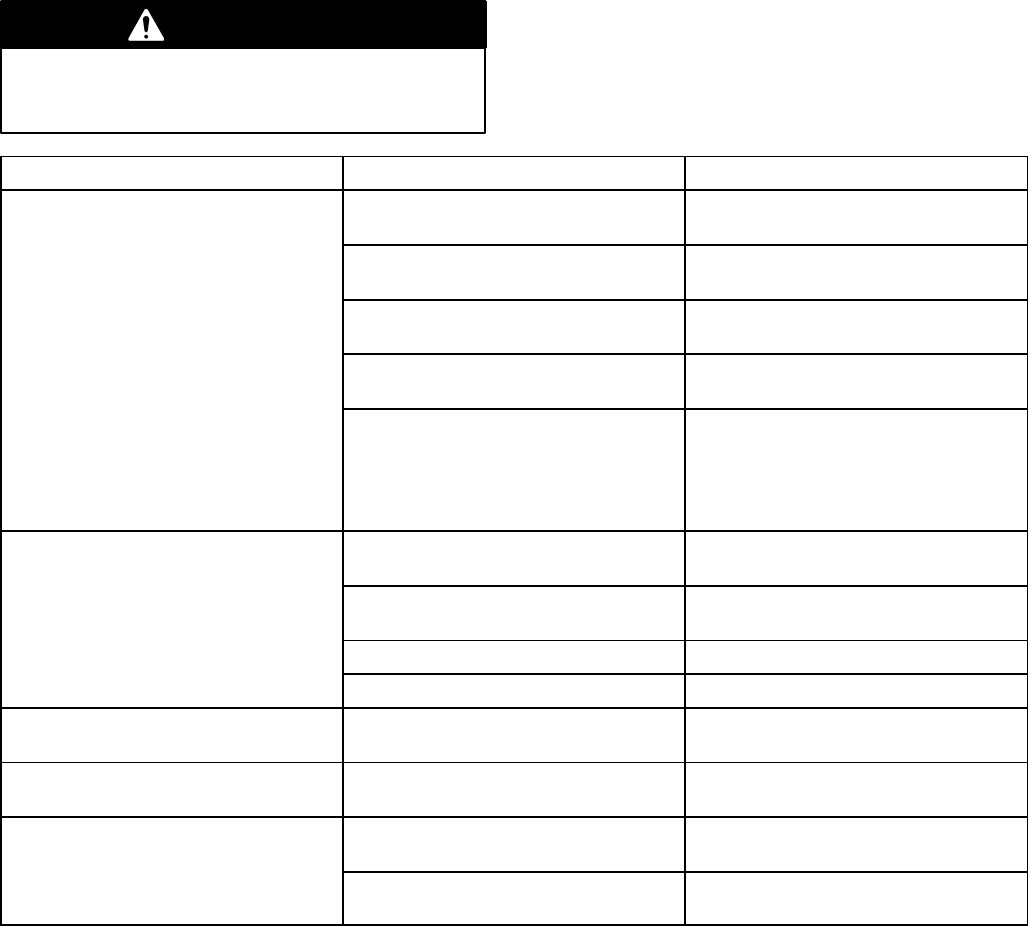
10 308-739
Troubleshooting
WARNING
T
o reduce the risk of serious injury whenever you
are instructed to relieve pressure, always follow the
Pressure Relief Procedure
on page 8.
1.
Relieve the pressure.
2.
Check all possible problems and solutions before
disassembling pump.
Problem Cause Solution
Pump fails to operate.
Restricted line or inadequate air
supply.
Clear; increase air supply
.
Insuf
ficient air pressure; closed or
clogged air valves, etc.
Open; clean (be sure to use air fil
-
ter).
Exhausted fluid supply
.
Refill; purge all air from pump and
fluid lines.
Damaged air motor
.
Service air motor
. See manual
307–043.
Dried fluid seizure of displacement
rod.
Clean, check or replace throat pack
-
ings. See manual 306–981.
Always stop pump at bottom of
stroke and keep wet-cup filled with
compatible solvent.
Pump operates but output is low on
both strokes.
Restricted line or inadequate air
supply.
Clear; increase air supply
.
Insuf
ficient air pressure; closed or
clogged air valves, etc.
Open; clean (be sure to use air
filter).
Clogged fluid line, valves, etc.
Clear* (be sure to use fluid filter).
Packing nut is too tight.
Loosen (see page 8).
Pump operates but output is low on
downstroke.
Held open or worn intake valve.
Clear; service. See manual
306–981.
Pump operates but output is low on
upstroke.
Held open or worn fluid piston valve
or packings.
Clear; service. See manual
306–981.
Erratic or accelerated operation.
Exhausted fluid supply
.
Refill; purge all air from pump and
fluid lines.
Held open or worn intake valve.
Clear; service. See manual
306–981.
*T
o determine if the fluid hose or gun is obstructed, relieve the pressure and disconnect the fluid hose, and place
a container at the pump fluid outlet to catch any fluid. T
urn on the air just enough to start the pump; about 1.4 to
2.8 bar (0.14 to 0.28 MPa, 20 to 40 psi). If the pump starts when the air is turned on, the obstruction is in the
fluid hose or gun.



